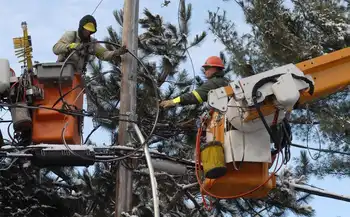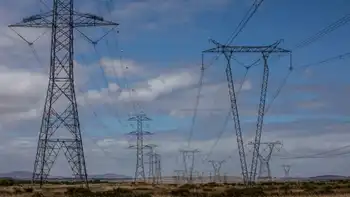Ohio joins skilled energy job initiative
By PennEnergy
Protective Relay Training - Basic
Our customized live online or in‑person group training can be delivered to your staff at your location.

- Live Online
- 12 hours Instructor-led
- Group Training Available
The initiative has been made possible by a $1.37 million grant to CEWD from the Bill and Melinda Gates Foundation. In Ohio, the OEWC will receive $75,000 over a three-year period from CEWD as part of its grant from the Gates Foundation for the coordination and implementation of the pathways model.
Using the “Get Into Energy” Career Pathways Model, the State Energy Workforce Consortia in Ohio, North Carolina, Washington, Georgia, Florida, California, Indiana and Minnesota will work with 5,000 low-income, young adults age 16-26 to assess their interest and skill levels for potential employment in skilled technician positions.
OhioÂ’s Consortium is led by a volunteer executive committee with representatives from The Dayton Power and Light Company, American Electric Power, The University of Cincinnati and Hard Hatted Women. The consortia are partnerships between utilities, industrial construction, unions, educational institutions and government and focus on creating a pool of workers that can meet the needs of their state today and in the future.
Students will have an opportunity to earn “stackable credentials” through the project that focus on the foundational skills necessary to be successful in a variety of positions in energy. Following a pathways system of education, which might include boot camps, apprenticeships, certificate programs or an associate degree, roughly 500 will be placed into electric and natural gas utility jobs. Others will be referred to jobs in construction and manufacturing.
“These eight pilot programs, made possible by the Gates Foundation grant, will provide the next step toward creating industry-recognized credentials that will allow energy consortia in other states to develop the necessary structure for building a stronger and better-prepared energy workforce,” said CEWD President Mary Miller.
The grant will also result in the creation of tools and processes that can be used by utilities, education institutions and the workforce system in not only the pilot states but in any state that wishes to implement the Career Pathways Model. For example, it will result in a career coaching training program and handbook, curriculum for a National Career Readiness Certificate, a framework and common curriculum for a plant operators and technicians accelerated degree program, and a project metrics and web-based tool for input and tracking, among other tools.
“Ohioans can be proud that our state has demonstrated the leadership and readiness to help create a national model through its participation in the Get Into Energy pilot,” said Ohio Governor Ted Strickland. “We are committed to providing Ohio workers and young people with the education and training they need to find and keep good jobs in our growing energy industries.”
The Center for Energy Workforce Development is a non-profit consortium of electric, natural gas and nuclear utilities and their associations. It was formed in 2006 to help utilities work together to develop solutions to the coming workforce shortage in the utility industry. It is the first partnership between utilities, their associations, contractors and unions to focus on the need to build a skilled workforce pipeline that will meet future industry needs.











